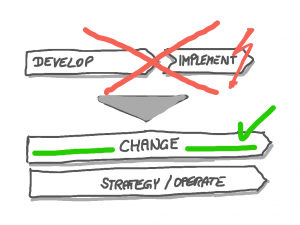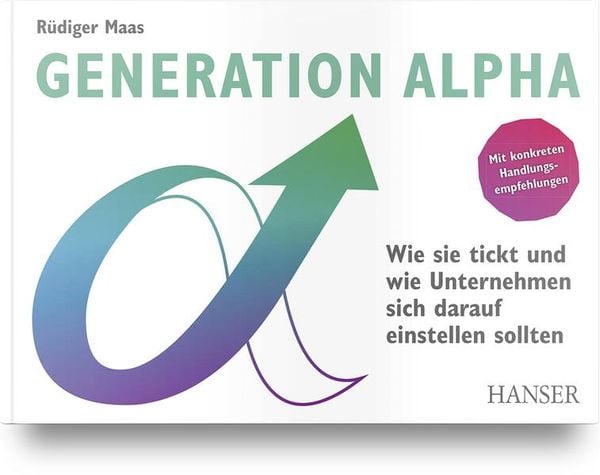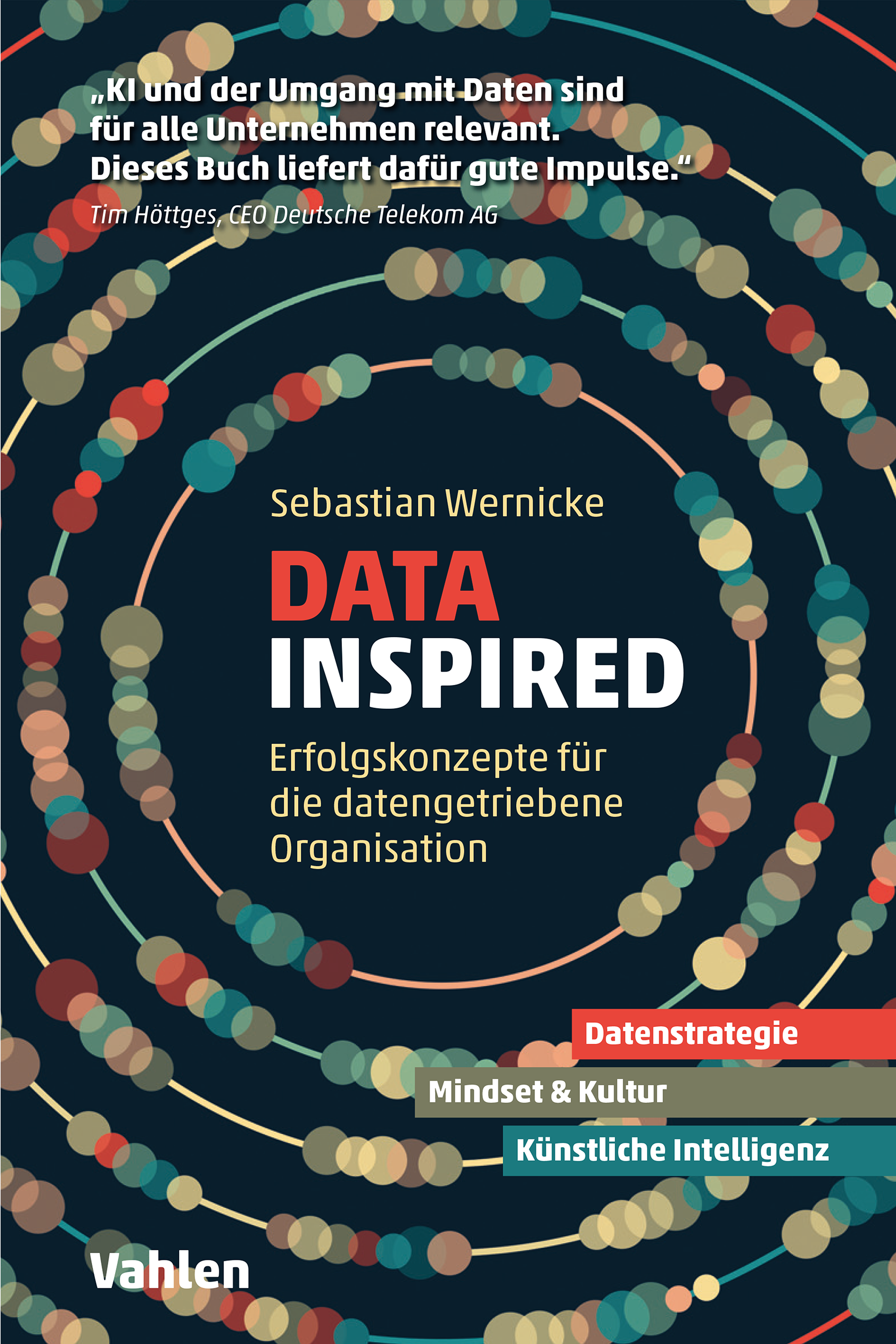
Very often, we as Change Management Consultants are called very late in a project to solve a crisis situation. The project was set up and started well, but then the project runs more and more in a crisis. Then we are called and we should resolve people and cultural problems.
We observe situations, like unhappy Project Owners or stakeholder groups, political conflicts, cultural disfunctionalities or skill problems or team conflicts in the project team, fights between the project and the line management which cause a lot of friction, budget overruns and time delays. Often it feels like the red cross coming to a crisis region after a serious earthquake. The situation is unclear, there is a lot of chaos and a lot of people are shouting for help. The expectations on us is often to get an overview, think about what to do and convince the people to follow these ideas. But from our experience, the problems lay much deeper and started much earlier:
- Change is often thought as the last part of a bigger project, like strategy development or process improvement. A small teams starts with only minor interaction with the running business operations, develops a plan and then tries to implement these ideas.
- Concepts are often driven by external benchmarks, by “world class concepts” or external consulting expertise how things should work. This often leads to rejection of the ideas by internal experts and leaders.
- Change and the people side is still underestimated in all projects. Even in large ERP implementation change is often still understood as “drawing nice slides for the steering committees, developing training plans, doing 2-3 workshops and sending out a regular newsletter to the project team and the major stakeholders.
This understanding will often lead to the post-earthquake situations described, where it is very difficult to solve the disaster. What is needed is a totally different understanding what change really means:
- Change needs to be understood not as a specific phase called implementation. It has to be understood as specific aspect of the whole project that is important and should be thought about from the beginning on.
- A Change Strategy needs to be developed with the same attention like the content of the project. For that purpose, the three dimensions, the content dimension, the time and the social dimension should be equally questioned and addressed by interventions from the beginning on. Being aware of all three dimensions helps to be alerted early if something starts going wrong.
- Sufficient involvement of the people affected by the change is important from the beginning on and not just during the implementation phase. Developing new ideas together with the people from beginning on to improve he performance helps getting their commitment for implementation which is often better than developing a “world-class” solution with a global management consultant and having significant trouble implementing the solution. The key here is to have a good approach working with the own people and this is where good systemic consulting with deep functional knowledge helps.
What is your experience with change projects and when do you start involving the affected people?







Leave A Comment